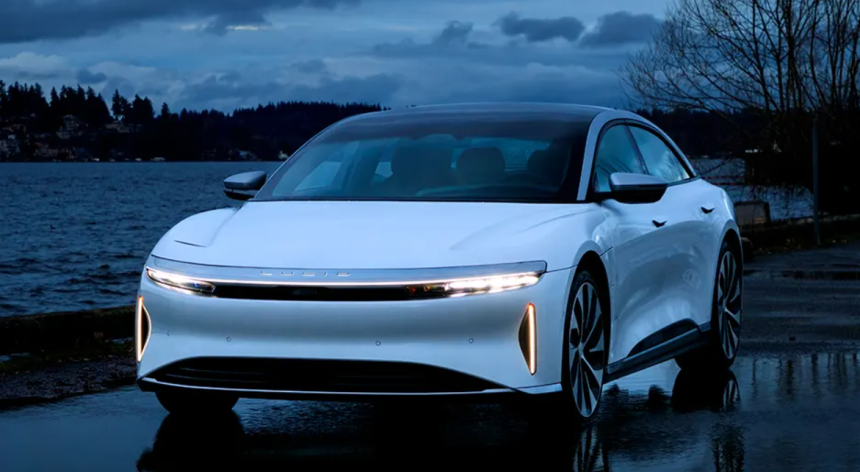The world is experiencing a seismic shift in the automotive industry, and at the heart of this transformation lies the electric vehicle (EV) revolution. As more and more people make the switch to electric cars, the need for convenient and accessible charging infrastructure has become increasingly vital. Electric car charging stations have emerged as the backbone of this revolution, offering a clean and efficient way to power our vehicles. In this article, we will delve into the importance, types, benefits, and the future of electric car charging stations.
The Importance of Electric Car Charging Stations
Environmental Impact
One of the primary drivers of the electric vehicle industry is its environmental benefits. Electric cars produce zero tailpipe emissions, which means a significant reduction in air pollution and a lower carbon footprint. However, for EVs to truly be environmentally friendly, the electricity that powers them must come from renewable sources. Charging stations play a crucial role in ensuring that the energy powering these vehicles comes from clean sources such as solar, wind, or hydropower.
Convenience and Range
Electric car charging stations offer the convenience of recharging your vehicle while you go about your daily activities.
For instance, commercial EV charging stations provided by Gobins, ACP, or Chargie are located in various public areas and let the EV owners recharge their vehicles conveniently while they shop, work, or dine.
Commitment to accessible and convenient charging solutions supports the growing trend towards electric vehicle use, making it easier for drivers to manage their recharging needs without altering their daily routines.
With the increasing availability of fast-charging stations, you can top up your EV’s battery in a matter of minutes, allowing for longer journeys without the fear of running out of power.
Types of Electric Car Charging Stations
Level 1 Charging
Level 1 charging stations use a standard household outlet (120V) to deliver power to your electric vehicle. While this method is the slowest, it’s also the most accessible since it can be done at home with no special equipment required. Level 1 charging is best suited for those who have a low daily driving distance or simply want to maintain a slow, steady charge in their EV.
Level 2 Charging
Level 2 charging stations operate at 240V and provide a faster charging solution compared to Level 1. They are commonly found in residential and public locations, making them suitable for overnight charging or during extended stops. These chargers can fully replenish an EV’s battery in a few hours, making them an excellent choice for daily drivers and those who don’t want to rely solely on Level 1 charging.
DC Fast Charging
DC fast charging stations, also known as Level 3 charging, are the speed demons of the charging world. These stations can provide a significant charge in just 30 minutes or less, making long-distance travel more feasible for electric vehicle owners. Many highway rest areas and commercial areas offer DC fast charging stations, making it possible for EV owners to recharge and get back on the road quickly.
Benefits of Electric Car Charging Stations
Reduced Operating Costs
Electric cars are known for their lower operating costs compared to their gasoline counterparts. Charging an EV at home or using public charging stations is usually more cost-effective than filling up at a gas station. Additionally, many governments and utilities offer incentives and reduced electricity rates for EV owners, further driving down the cost of ownership.
Minimal Maintenance
Electric vehicles have fewer moving parts than traditional internal combustion engine (ICE) vehicles. This results in reduced maintenance costs and fewer visits to the mechanic. Charging stations contribute to this advantage by eliminating the need for routine oil changes, exhaust system maintenance, and other ICE-specific repairs.
The Future of Electric Car Charging Stations
As electric vehicles become more prevalent, the growth of charging infrastructure will continue to expand rapidly. Here are some trends and developments that will shape the future of electric car charging stations:
Increased Accessibility
Public charging stations will become even more accessible and widespread. Urban areas, highways, workplaces, and public parking facilities will continue to see increased deployment of EV charging infrastructure. This will encourage more people to make the switch to electric vehicles.
Enhanced Technology
Charging station technology is continually evolving. Future charging stations will offer advanced features such as wireless charging, bi-directional charging (vehicle-to-grid), and improved user interfaces. These advancements will make EV charging even more user-friendly.
Renewable Energy Integration
Electric car charging stations will increasingly integrate renewable energy sources, reducing their environmental impact. Solar and wind-powered charging stations will become more common, ensuring that EVs are charged with clean energy.
Increased Charging Speed
Faster charging speeds will become the norm. High-power DC fast chargers will become more prevalent, making long-distance travel in electric vehicles even more convenient.
Conclusion
Electric car charging stations are pivotal in propelling the electric vehicle revolution forward. They offer an eco-friendly and efficient way to power our cars, reducing emissions and our dependence on fossil fuels. The future of electric car charging stations promises greater accessibility, enhanced technology, and increased use of renewable energy sources, ensuring that electric vehicles continue to grow in popularity and become a sustainable mode of transportation. As we move towards a cleaner and greener future, electric car charging stations will remain at the forefront of this electrifying revolution.














